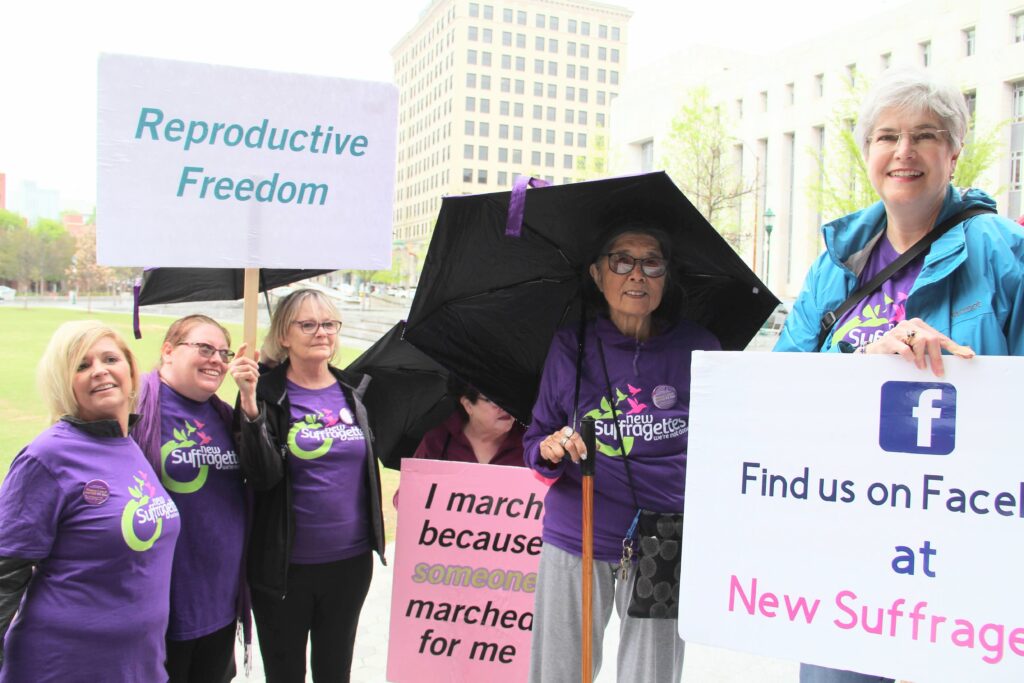Okay readers, ready yourselves for another entry into the You Can’t Make This Stuff Up Chronicles of the Asinine. Have an extra strength Excedrin or shot of Bourbon within easy reach. You may need it.
Now before the ink was dry on recent news about the Silicon Valley Bank collapse, voices from the peanut gallery began pointing silly blame on the latest convenient boogey man…. “Woke.”
Hey, this from the co-founder of Home Depot, “These banks are badly run because everyone is focused on diversity and woke issues.” (Excedrin please!).
This from the governor of Florida, the wannabe next president of the United States, “Woke will die if it finds its way to Florida.” (Double Bourbon please!).
“All this led me to think: Good grief, fellas, why don’t you just come out and suggest the bank would’ve been ok if it were run by a bunch of white guys?” wrote Rex Huppke of USA Today.
As another example of hilarity gone haywire, recently a conservative author was asked by an interviewer to define the term “woke” but was left dumb founded since she didn’t have an answer. “So, I mean, woke is, uh, sort of, the idea, that’s hard to define…”
Red-faced, she gave it another try and dug herself deeper into the delusion with some gobbledygook that made her look “foolish 2.0.”
“If You Hate “Woke” But Can’t Define It, Maybe What You Hate Is Something Else,” penned writer William Spivey.
So let me get this straight. The bank would not have gotten into all this mess had it not been distracted by diversity and wokeness? I mean, maybe I missed the memo, but since when did the aims of diversity and inclusion become a fatal disease? Can someone escort me to a graveyard and show me the words “Poor George died from an overdose of wokeness” etched into his tombstone?
Okay, c’mon, seriously now, let’s step back from this insanity and ask ourselves what’s really going on here?
To me “wokeness” is number three on a three headed monster, “The great replacement theory” and “diversity” being the other two. Since the definition of diversity is fairly understood, or should be, let’s unpack the other two.
The “great replacement theory” hinges on stoking fears that a non-white population will displace a white majority. Dramatic shifts in demographics, growths in immigration, patterns in birth rates and increasing numbers of people of color in positions of power foster the fear of being replaced. Slick politicians and ratings hungry media willingly exploit these insecurities.
Turning now to “woke,” a four letter word that’s dominated the headlines recently, let alone provided fodder and talking points for ambitious politicians who keep tripping over themselves trying to define it.
The term “woke” was created by Black people referring to being alert to systemic racial injustices. The first documented use of the phrase “stay woke” happened in the 1930s when musician Lead Belly ended his song by advising Blacks traveling through Alabama to “stay woke.”
Now before the concept of “wokeness” was hijacked, its original definition accurately defined it as a state of being aware, especially of social problems such as racism and inequality. “Woke” was thrust back into the headlines with the police killing of George Floyd and other cases. Even before, parents of Black kids warned them of the dangers of “Driving While Black,” another way of saying “staying woke.” If you are Black “staying woke” may be a life saver.
So here’s how “woke” these days is used as a devious strategy to exploit. First, those who suggest that “woke” is behind bank failures, for example, know darn well that that’s untrue. Second, they understand that if they repeat that lie often enough, their base will accept it as true. In the end, ambitious politicians and ratings-hungry media will attempt to “outwoke” each other.
In a recent USA Today poll that offered two different definitions of “woke,” 56% of respondents chose the positive definition – “to be informed and educated on social injustices.” Only 39% chose the other – “to be overly politically correct and police the words of others.”
Now like woke’s bedfellow in asininity, PC (Political Correctness) spawned years ago in response to assertions by people of color and other marginalized people, “anti -wokeness” has emerged as a pernicious attempt to ridicule, deride and sanitize embarrassing histories to shield young readers from hurt feelings and guilt. Look no further than the recent movement in Florida to remove all references to “slavery” from Rosa Park’s story and banning late baseball’s Roberto Clemente’s biography altogether.
Since the late 1980s, the term PC has been used to deride preferences for avoiding language that can be seen as marginalizing or insulting to groups of people, particularly groups defined by ethnicity, sex, gender, or sexual orientation. In public discourse, PC was employed pejoratively to shut down genuine discussions about how people wanted to be called and treated.
Like PC, woke backlash typically happens during social movements when some, driven by fear of change and perceived loss of privileges, respond by trivializing, belittling, mocking, and sometimes in violence.
Wrote Rex Huppke, “I fully expect one of them (Home Depot co-founder and Florida governor) any day now to say that I put on a couple of pounds because of the woke ice cream companies and their preoccupation with diversity.”
Let’s end by going back to the mess created by the bank in question and the real reasons behind the collapse; that some banks, because of deregulation, rising interest rates, etc., took on undue risks and were strapped with poor management. Woke had absolutely nothing to do with what happened, period!
So, if you believe that wokeness led to the Russian invasion, climate change, bad breath, or little Jennie’s snotty nose, then I’ve got a bridge in Brooklyn I can sell you…for real cheap!© Terry Howard is an award-winning trainer, writer and storyteller. He is also a contributing writer with the Chattanooga News Chronicle, The American Diversity Report, The Douglas County Sentinel, Blackmarket.com, co-founder of the “26 Tiny Paint Brushes” writers’ guild, recipient of the 2019 Dr. Martin Luther King, Jr. Leadership Award and 3rd place winner of the 2022 Georgia Press Award.














Want the Benefits of Ozempic Without Taking a Shot?
Most people have heard of or know someone who’s using the medication Ozempic to address their blood sugar issue, but also losing a great deal of weight.
The prescription medication being used to treat patients with Type 2 Diabetes, or a state of insulin-resistance that’s often reversable–with behavior modifications, such as diet and exercise–has gained popularity because of the weight loss that accompanies its use.
Taken by subcutaneous injection only, Ozempic, is in a class of drugs called glucagon-like peptide 1 (GLP-1) agonists. This class of medications, available only through a healthcare provider’s prescription, mimic a hormone which stimulates the production of your body’s insulin during and after a meal. This extra insulin produced lowers the blood sugar levels that are characteristic of Type 2 Diabetes.
The weight loss is likely attributed to the slowing of food emptying out of the stomach into the small intestine which produces a full feeling quicker and longer than without the medication.
Individuals under their doctor’s care receiving Ozempic or others from this class of drug lose, according to the prescribing information, 10.5-15.8 pounds. Those patients who incorporate lifestyle changes, such as changes in one’s daily food intake and activity levels, lost 33.7 pounds.
According to information from the Mayo Clinic, patients taking medications from the GLP-1 class of drugs have also benefitted from improvements in their blood pressure and cholesterol levels.
In science, and in this case, causation and correlation must be distinguished. Does the medication alone reduce the blood pressure and improve cholesterol or does the weight loss correlated with the use of the medication cause the improved numbers?
And that seems to be a valid point. If patients taking the medication alone lose almost 16 pounds, but shed about 18 pounds more with changes in how these patients ate daily and enhanced their activity, shouldn’t one assume those behavioral changes alone, without taking an injection, are achievable?
The answer is “Yes!”
Obviously, if you walk more, move around more, and burn more calories, you lose weight. You also increase your metabolism as you build your muscle mass, even slightly, and increase activity.
Further, there are foods that produce the same outcomes as Ozempic. Meals and snacks that feature good fats–like avocado or nuts–and revolve around high protein sources like eggs and fish, trigger GLP-1. Food choices that are high in fiber, such as whole grains, and especially fermentable fiber, like beans and legumes, which feed the good bacteria in your intestines, stimulate GLP-1 as well as digest more slowly than simple sugars and carbohydrates found in prepared foods, fast foods, and many snacks.
If you’re looking for a guide for this type of food selections, check out the terrific article at Health.com, which speaks beyond the Ozempic effect with improved cognitive performance and slowing the risk of chronic disease. For those whose doctors have prescribed Ozempic or any other medication, make a few changes and gain an even greater health benefit.